
Sending a message to the U.S, the Chinese Air Force deployed for the first time in history its H-6 bombers to Alaska’s ADIZ
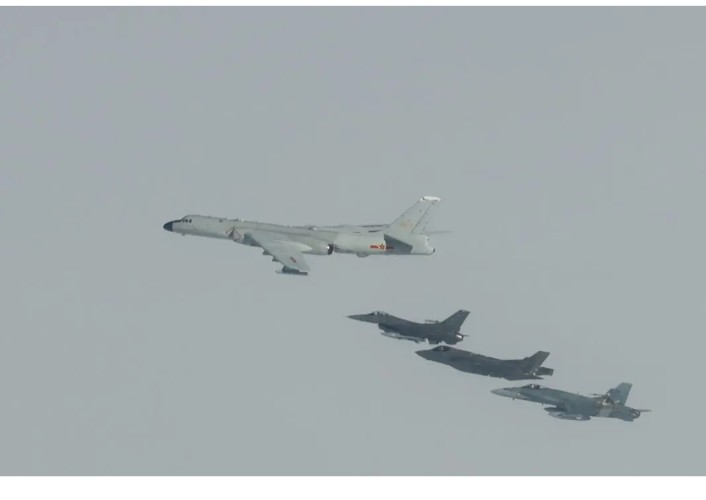
On July 24, the North American Aerospace Defense Command (NORAD) revealed an unprecedented event. For the first time, Chinese People’s Liberation Army Air Force H-6 strategic bombers, operating in conjunction with Russian Aerospace Forces aircraft, were detected flying within Alaska’s Air Defense Identification Zone (ADIZ). As shown in the photos and videos that went viral afterward, partly due to the Russian Ministry of Defense, this prompted an immediate response when the formation of four bombers was intercepted by F-16, F/A-18 Hornet, and F-35A fighters from the U.S. and Canadian Air Forces.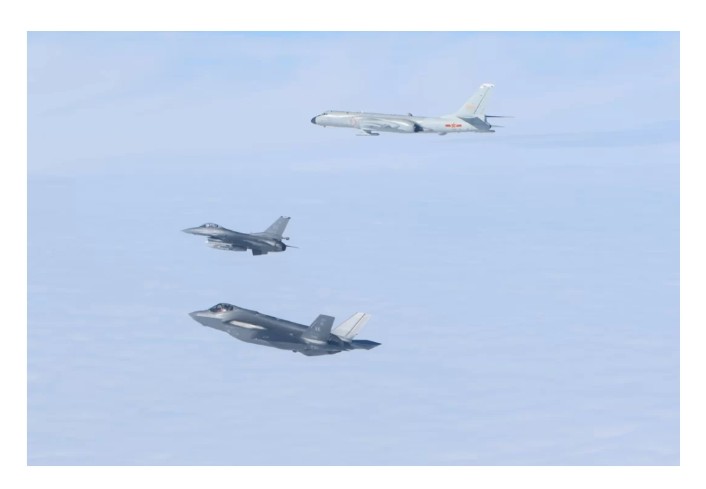
The incident, officially reported by the involved parties, has drawn attention from various experts and analysts, highlighting China’s involvement. Although it is not the first combined air and naval patrol by Chinese and Russian armed forces, it is the first time H-6 bombers have been deployed in Alaska’s ADIZ, which until now had only seen combat aircraft from Russia, the U.S., and Canada.
Previously, combined patrols involving Russian and Chinese forces had occurred in the East China Sea, using formations including H-6 and Tu-95MS bombers, escorted by Su-35S and Su-30SM fighters. These patrols had been limited to reconnaissance and patrol flights in the Western Pacific. However, the presence of these aircraft in Alaska’s ADIZ signifies a new stance by China regarding the growing importance of the Arctic in the coming decades.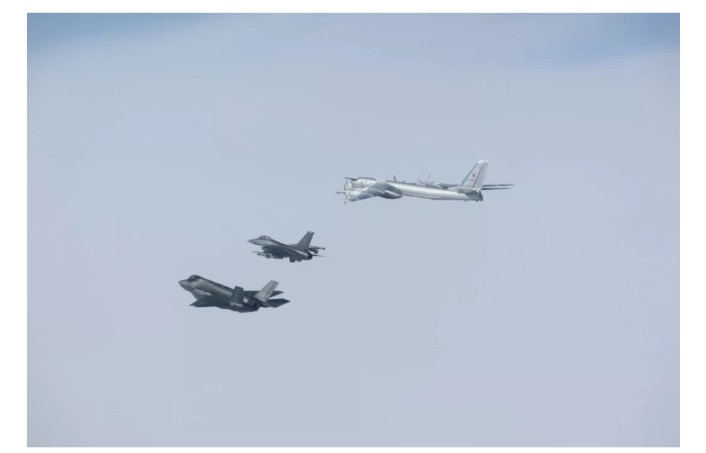
One question arising from the July 24 incident concerns the type of H-6 bomber used by the Chinese Air Force; another is whether they indeed departed from bases located in continental Russia. Confirming this would demonstrate the increasing level of military cooperation between the two countries and, presumably, a rise in interoperability and combined response capabilities against regional adversaries such as the United States.
Regarding the first question, the Xian H-6 strategic bombers are experiencing a second life with the People’s Liberation Army Air Force as platforms for launching cruise missiles and, presumably, new hypersonic missiles developed by China. For instance, this capability is demonstrated by the H-6K variant, which in recent weeks was observed carrying what appeared to be such a missile, specifically the 2PZD-21 (KD-21) ALBM.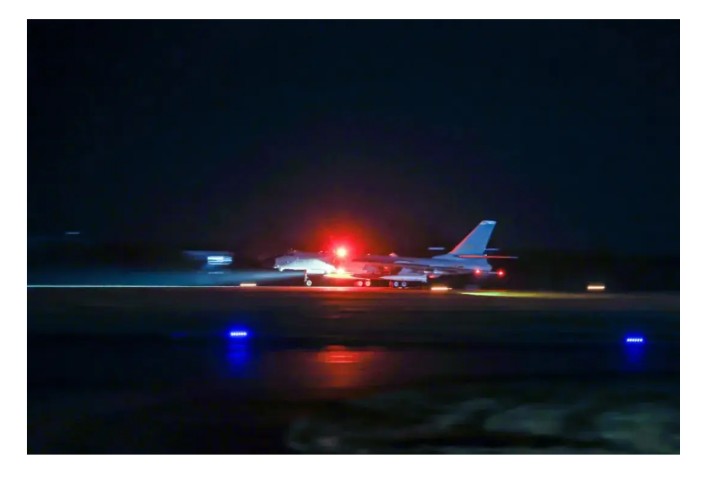
As for the second question, if it is confirmed that the Chinese bombers operated from bases in Russia, it would open a new range of possibilities for the People’s Republic of China’s strategic combat aviation, showing increased interest in a region vital for the coming decades. Deploying platforms that, operating from Alaska’s ADIZ, could strike with hypersonic weapons targets on U.S. territorial and continental areas.
These issues have previously been highlighted by U.S. Northern Command and NORAD officials to the U.S. Congress. One of the most recent warnings came from USAF General Gregory Guillot, who said last February: “Fortunately, we have not yet seen Chinese aircraft operating near our air defense identification zones, but I think that will happen this year.” He added: “That reflects a general concern I have about China’s growing capability, not just with aircraft but also with ships and even submarines that can reach farther from China and closer to our shores.” These remarks were a clear reference to the presence of Chinese and Russian ships detected operating last year in the Aleutian Islands, which led to the deployment of U.S. Navy and Coast Guard assets to track the movements of the combined flotilla.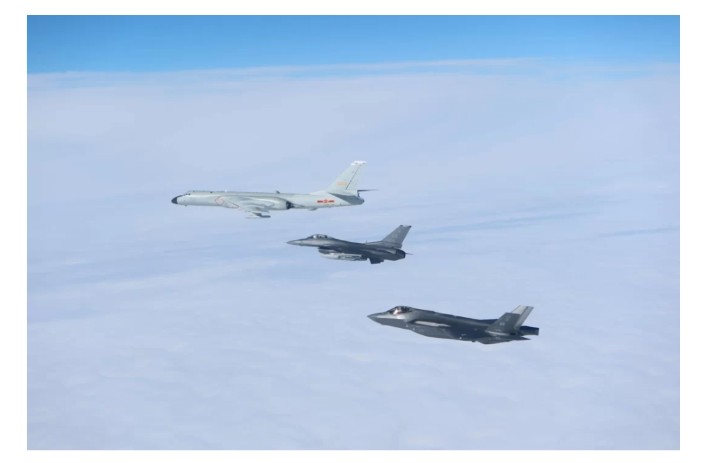
Regardless of the incident in Alaska’s ADIZ, the global rivalry between the United States and China, increasingly dominating major global concerns, is adding new scenarios and regions. Looking ahead, the Arctic, affected by climate change and the opening of previously ice-covered waterways, may become a new point of contention between the two powers competing for global hegemony.
Sources: zona-militar.com